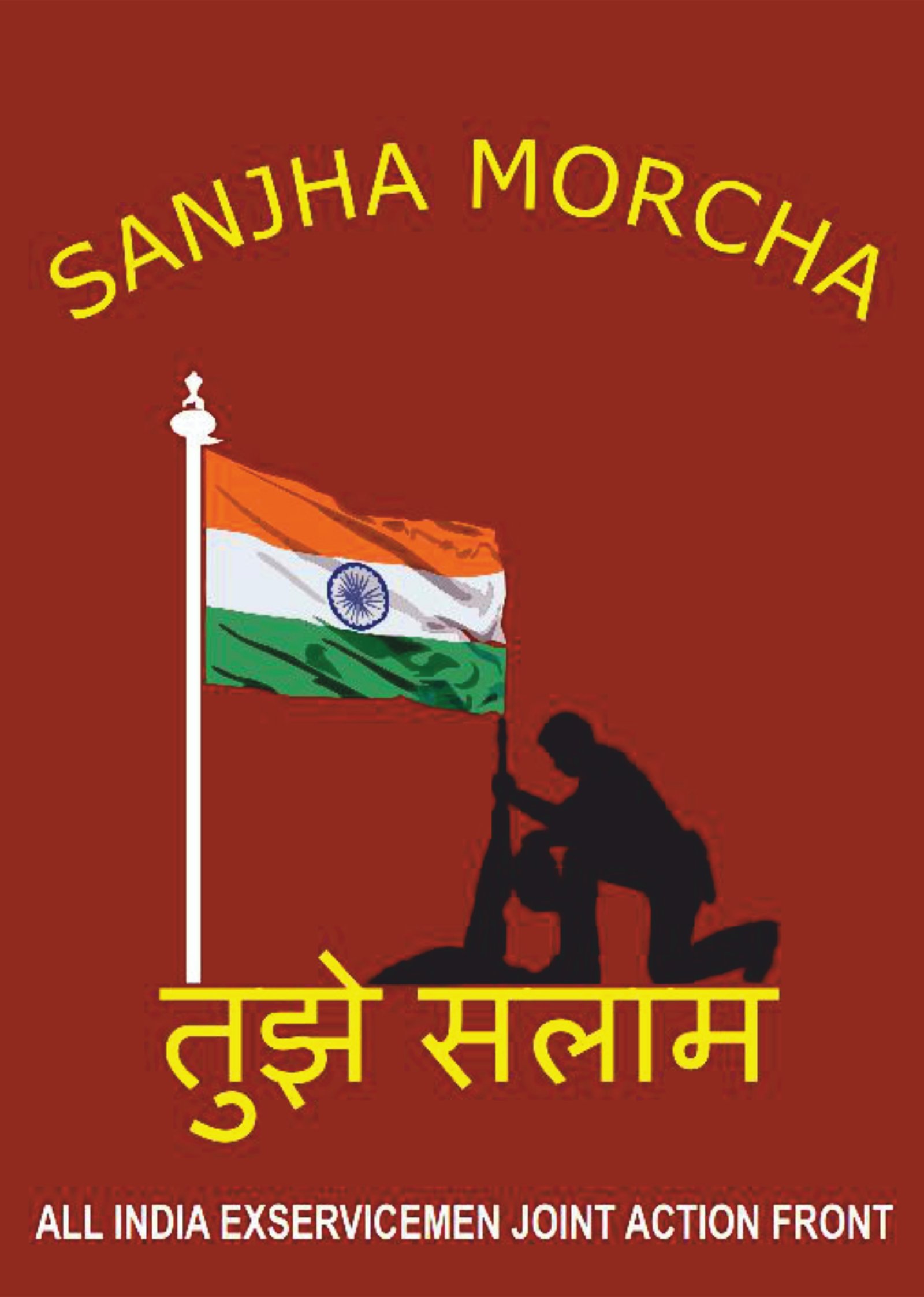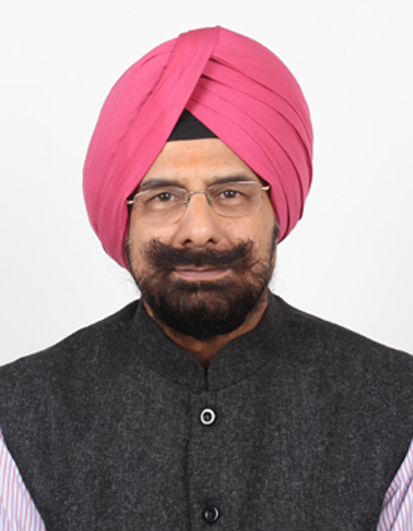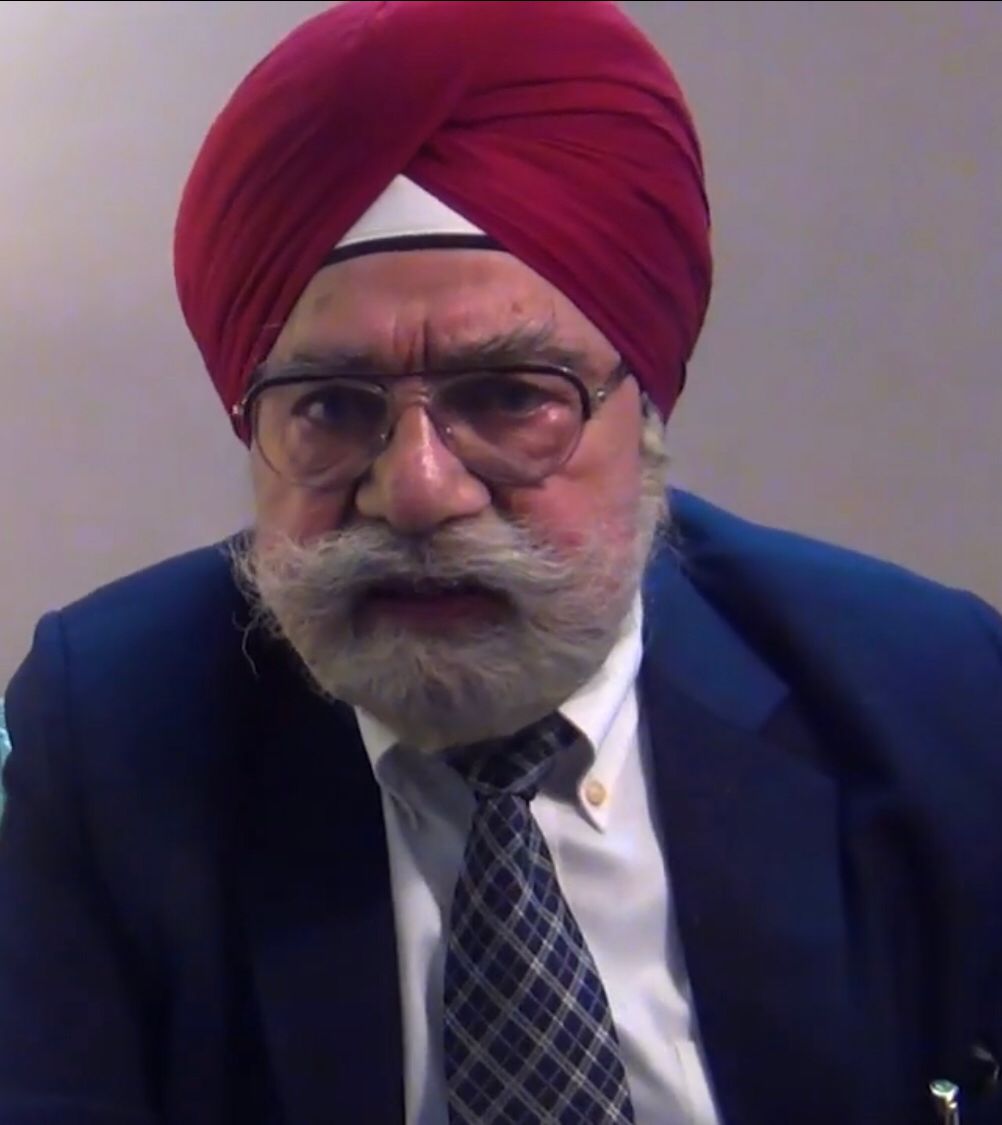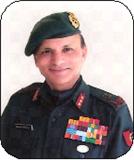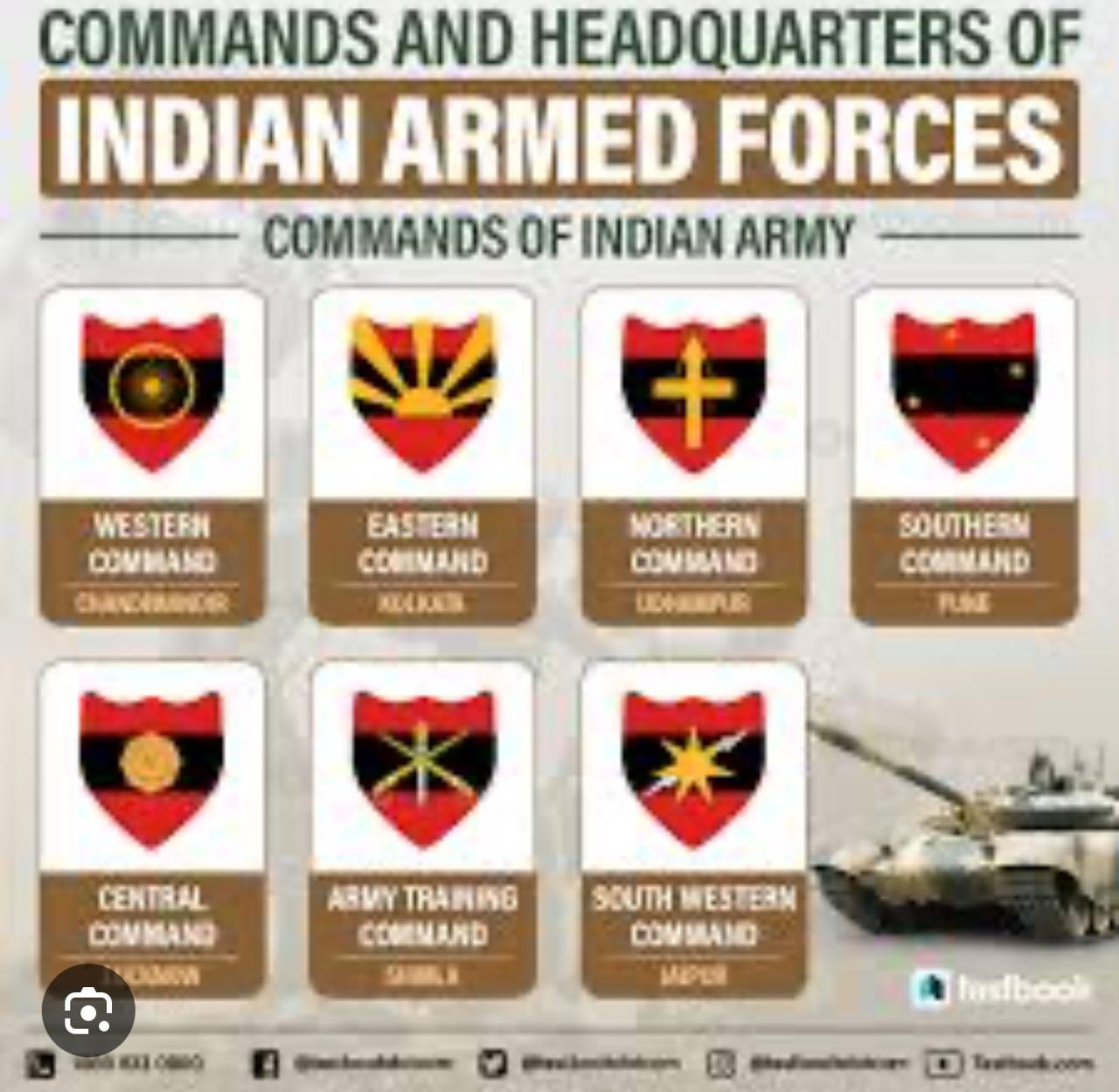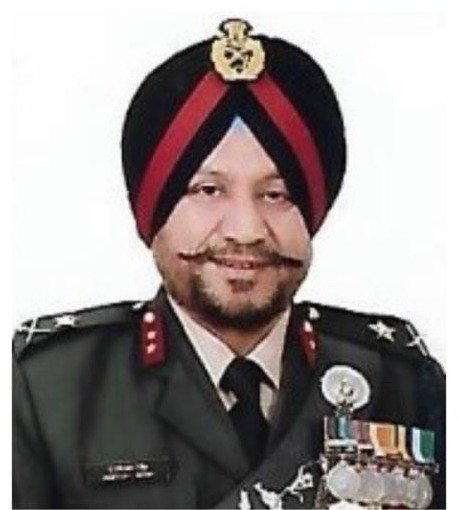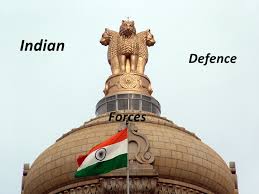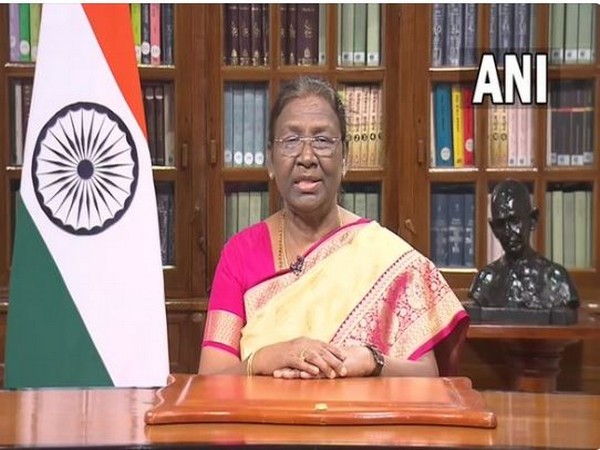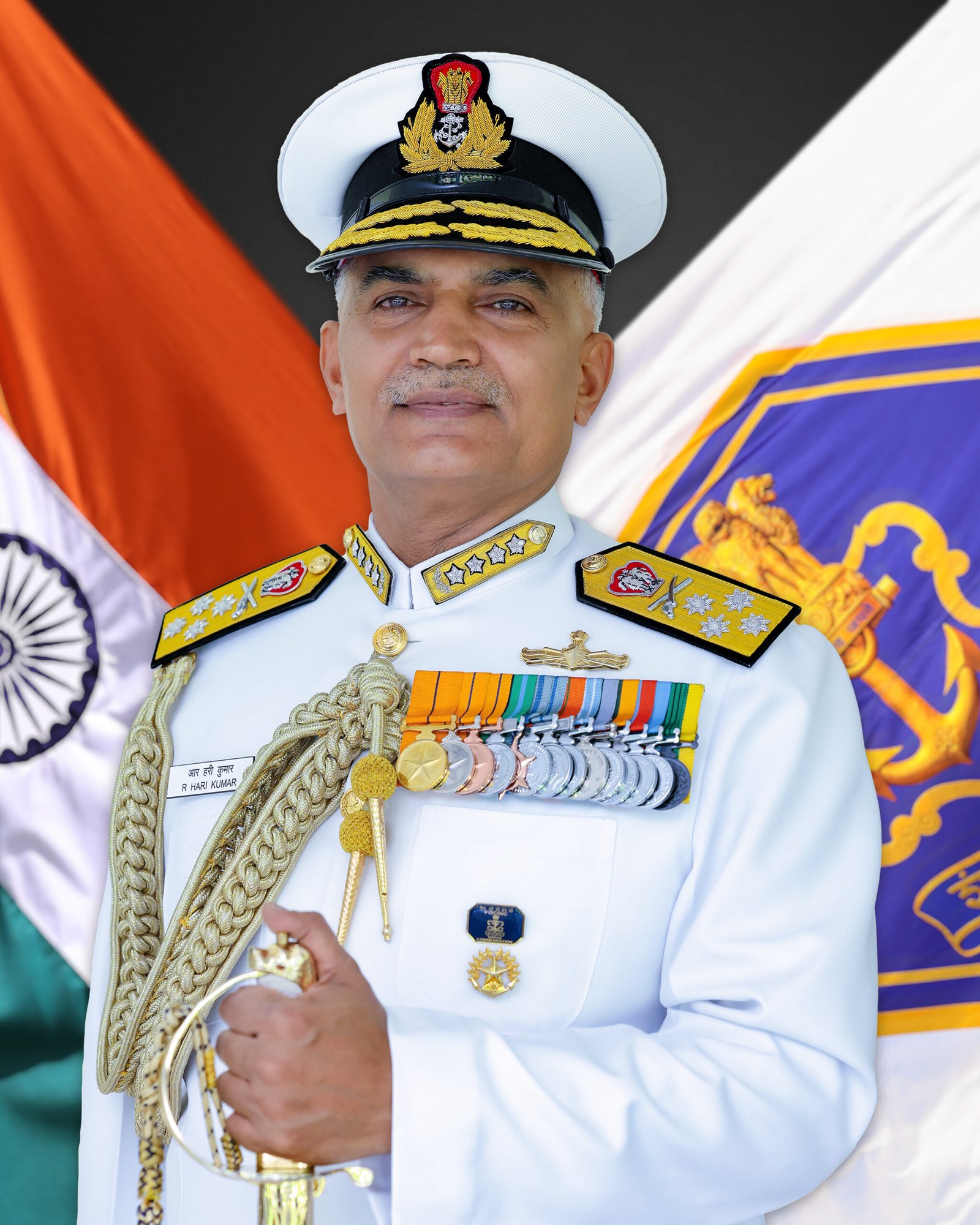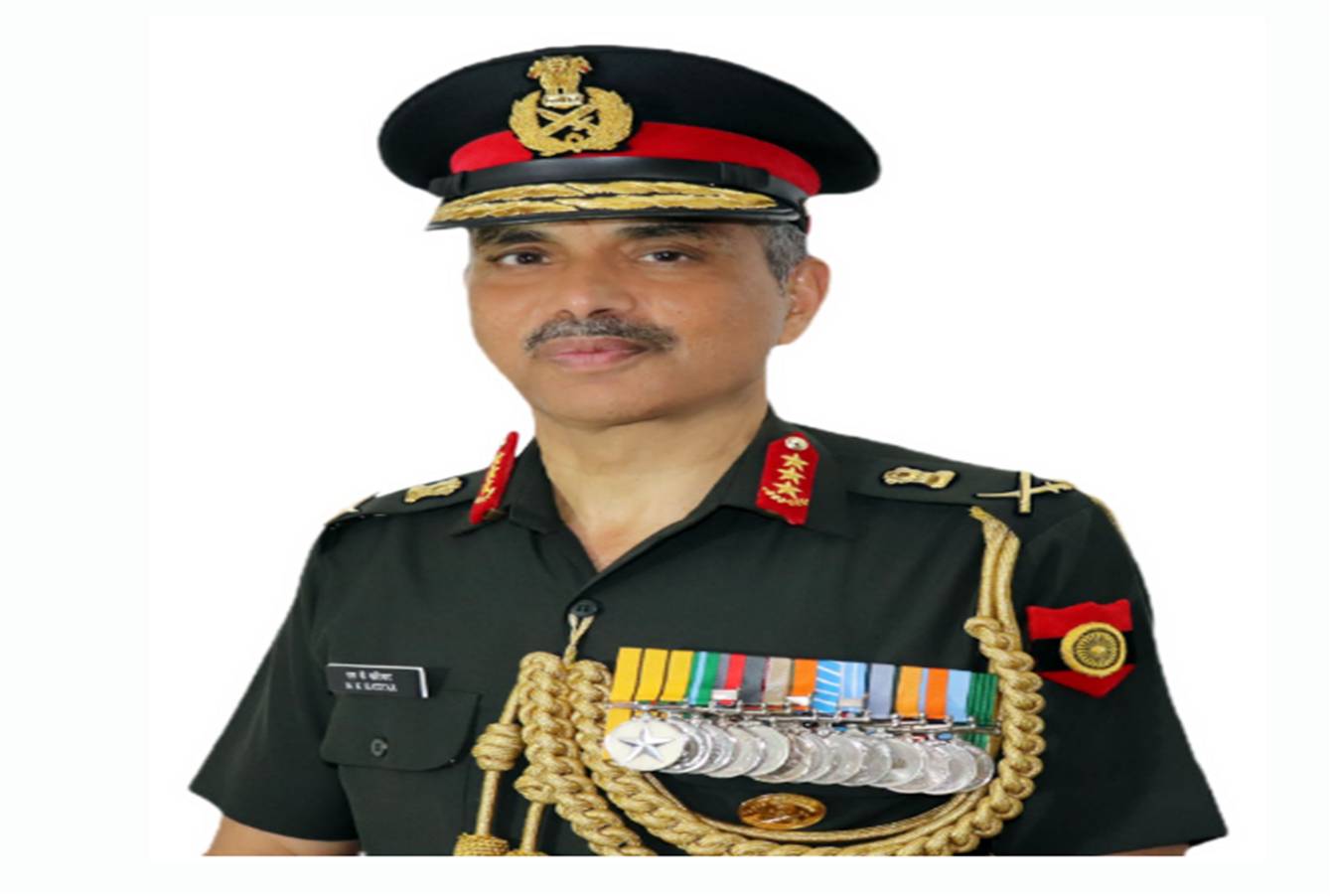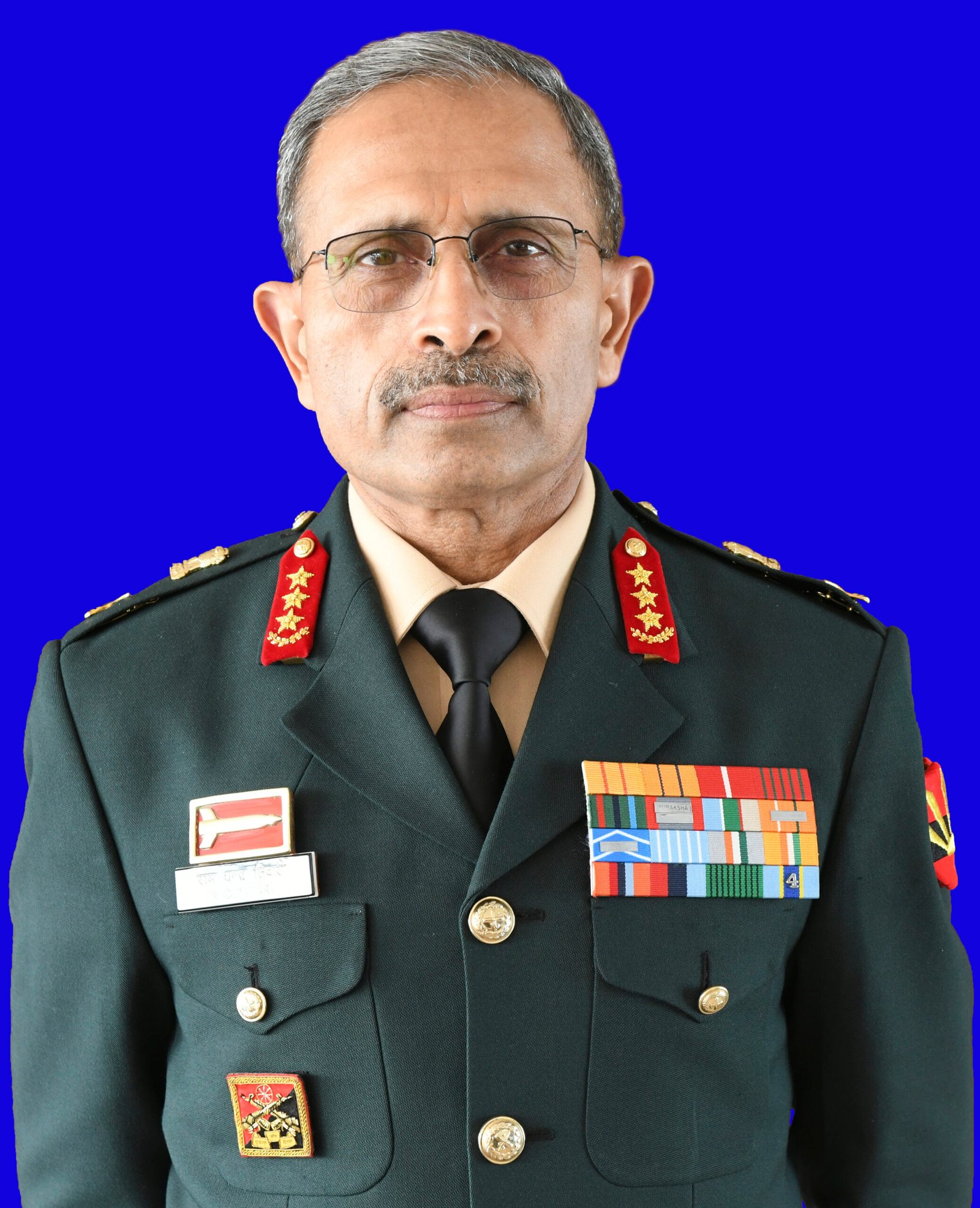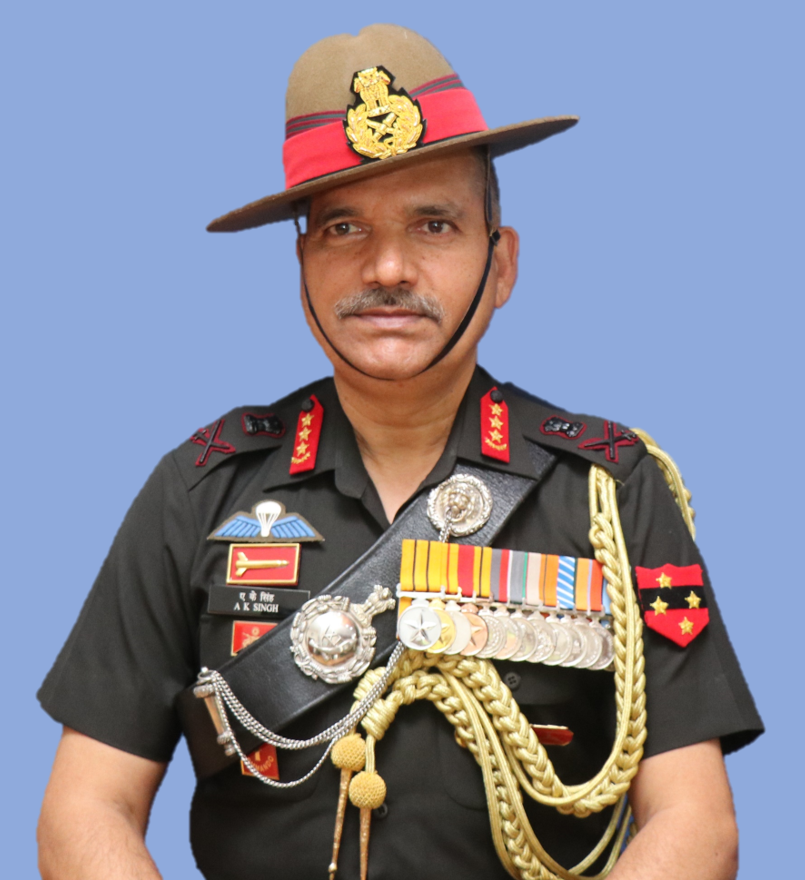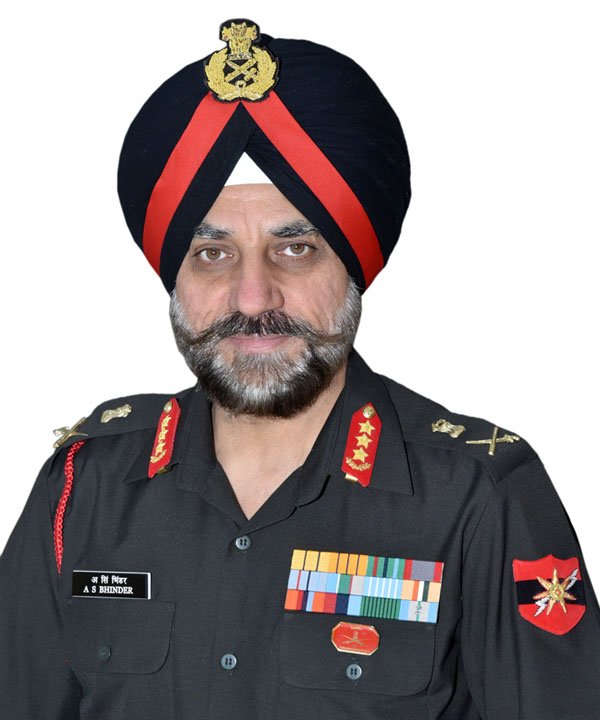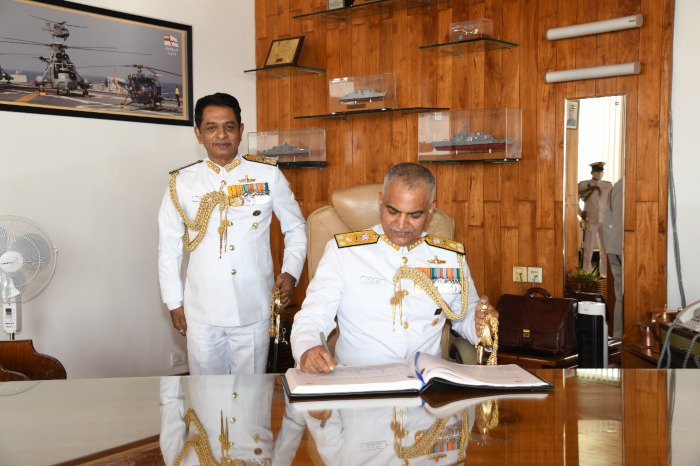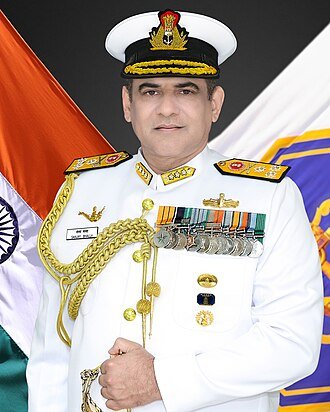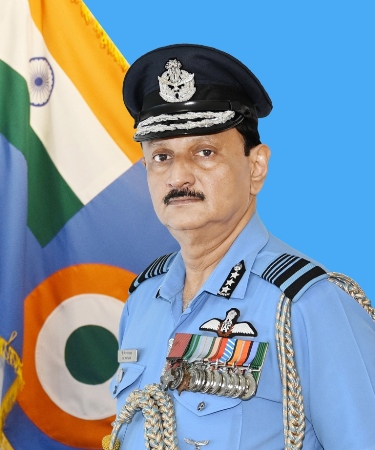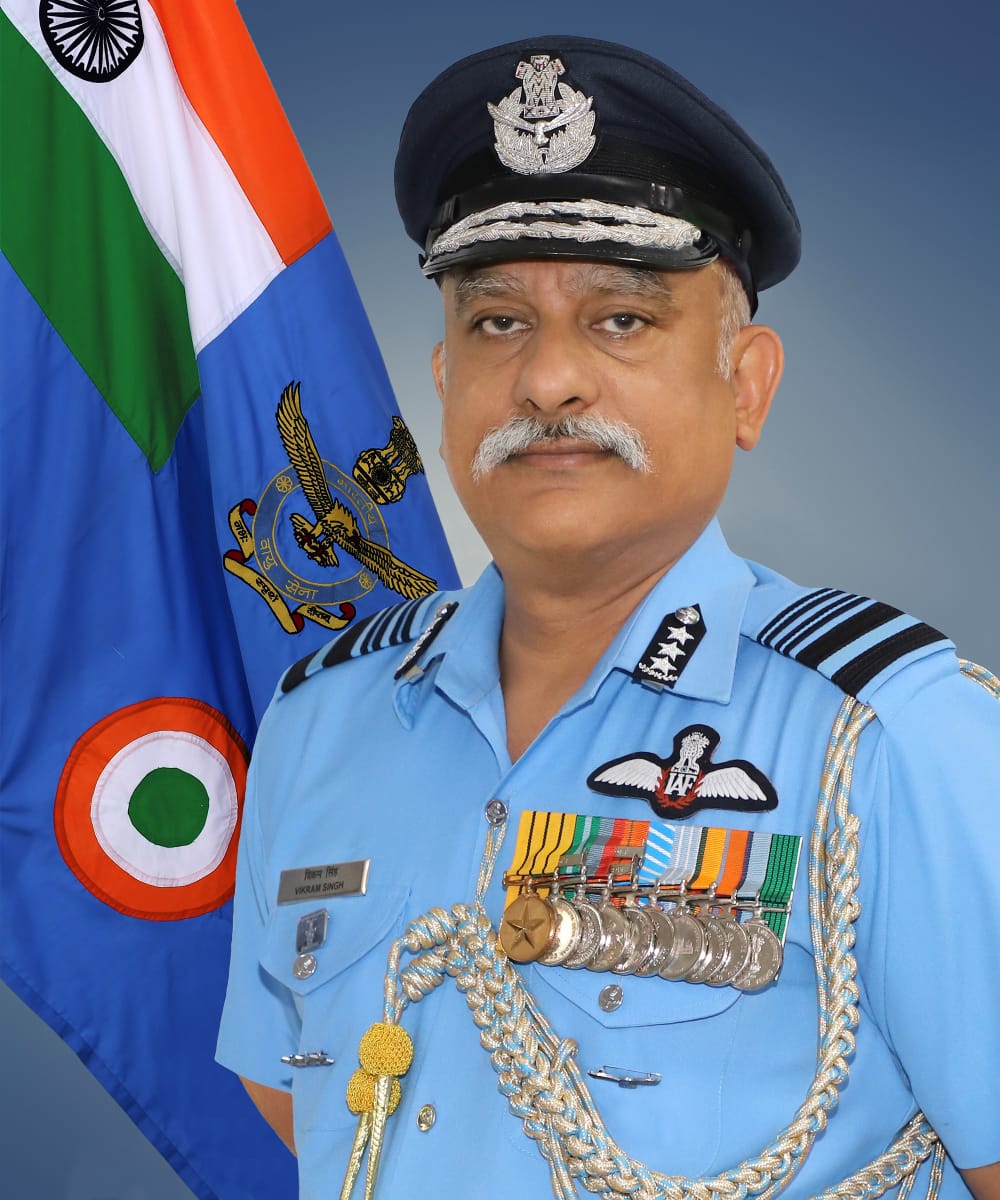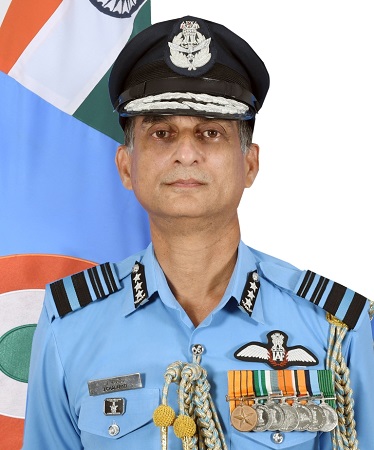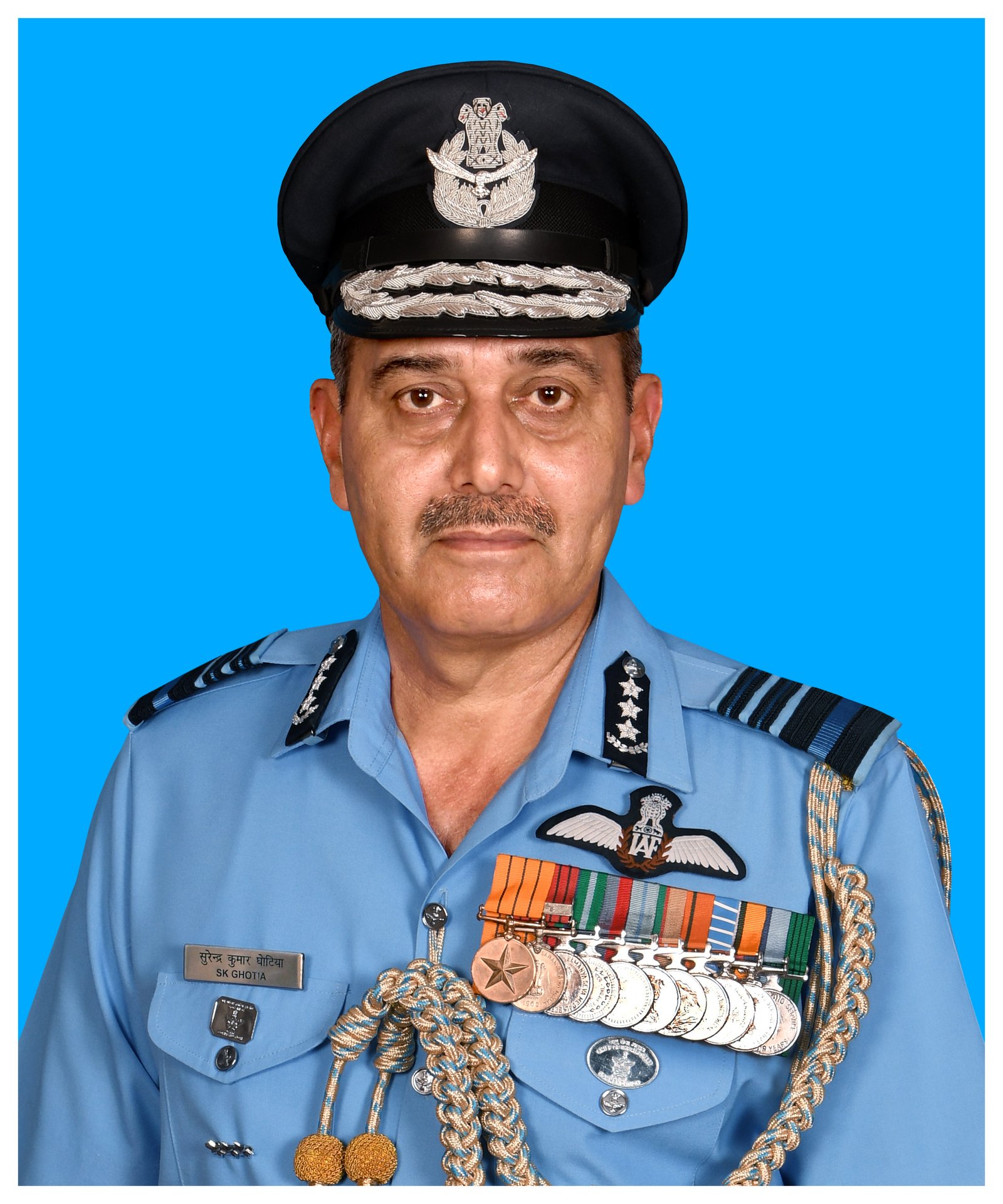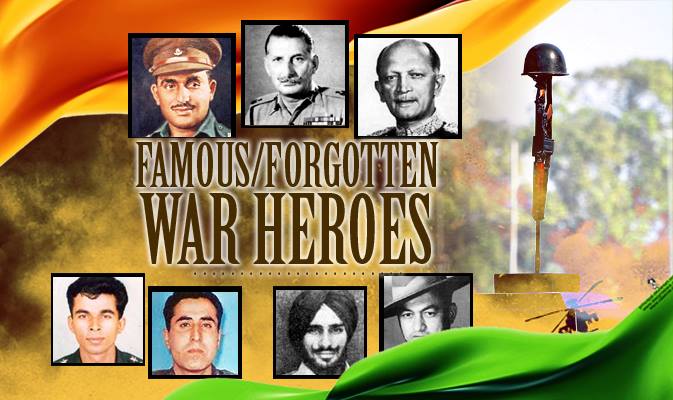Dear Gen Prakash,
Please do not think I love to take on Lt Gens.
I respect your rank. I do admit you reached that coveted rank by sheer dint of your professional competence, hard work, sincerity and proven track record. You richly deserve what you got.
So I am not unfair to you or any other senior officer.
Great soldiers like Lt Gen Sagat Singh, former GOC 4 Corps who was architect of India’s victory in East Pakistan in 1971 war were never given their due as they are straight forward and never cared for their career. So is Lt Gen Hanut Singh, MVC former GOC 2 Corps.
Army Cdr Eastern Comd Jagjt Arora did not want heliborne operations across River Padma to be launched. Lt Gen Sagat Singh reported to have said “ Jagjit. Over my dead body”. Heliborne ops were launched successfully and Indian troops could reach Dhaka by 15 Dec 1971. Such officers are called Lt Gens.
Very few senior officers believe it is their solemn duty to protect their subordinates and never changed their beliefs once they are sure of what they are doing is correct.
Ask any Armoured Corps guy and he will tell you why Lt Gen Hanut Singh, MVC never wore ribbon for MVC awarded to him for valiant action of Poona Horse in Battle of Bara Pind in Shakar garh sector on 15 and 16 Dec 1971. He told his officers “ if Bde Cdr gets MVC for not stirring out of his caravan, I do not think I should wear MVC ribbon” or words to that effect. Lt Gen Hanut Singh is revered even today though he is no more.
Such rare breed are called generals.
Now a days many if not all senior officers are only interested for some goodies and never open their mouths and give an honest opinion. I am sure you have attended, in your four decade service, hundreds of Sand model discussions and war games where even Lt Gens do not express their honest opinions when Army Cdr is present. They are only interested to know the mind of Army Cdr or COAS.
Contrast Fd Mshl Manekshaw in Apr 1971 and Gen K Sundarjee in May – Jun 1987.
Fd Mshl Manekshaw offered his resignation letter.
Sunderjee when asked why he did not advise PM not to launch Op Pawan in Sri Lanka, he is reported to have said “ PM mera baat sunta kaha?”
One has courage of conviction and dares PM to sack him for not agreeing to launch operations in Apr 1971 in East Pakistan.
The other general simply succumbs.
Result of action of two generals. One creates Bangla Desh.
Other gets 1,025 coffins, four times disabled soldiers and utter defeat of IPKF in Sri Lanka. This great general does not even get a war memorial constructed in honour of those martyrs whereas Sri Lankan Govt constructs one to honour fallen Indian soldiers.
Gen Prakash, the outcome of any event is known just by studying soldierly qualities of two great generals.
One is a battle tested ground soldier.
Another is a sand model soldier and good at Angrezi.
I am not saying all senior officers are bad. Look at GOC 4 Corps who defended his bn cdr of Assam Rifs in Bomdila incident when Arunachal police misbehaved with AR personnel. He said ” They have to remove me from my command”.
Gen Prakash, subordinates follow their leader and make supreme sacrifice, if they believe their boss will stand by them.
Do you think Lt Gen DS Hooda, former Army Cdr, Northern Comd was correct in accepting our security guards did the wrong thing in challenging the three car borne youth who do not stop at two check posts in Kashmir and the third check post guys open fire when the car does not stop even at the third check post in 2016? Is this the way you would have supported your subordinates if you are an Army Cdr?
What would have happened to Hooda had he protected his men? Maximum is he would have been transferred as Army Cdr Central Comd. He would have been hailed as hero thereafter for standing by his comrades. If you know him, tell him to go to Tihar Jail and ask forgiveness from those security guards who are there for doing their duty.
Would you respect your boss if you are in Tihar Jail for doing your solemn duty?
Is not Lt Gen DS Hooda and his types responsible for death of 40 CRPF jawans in Pulwama on 14 Apr 2019 for not allowing security guards to check vehicles thereafter?
How can a car carrying 350 kgs of explosives come and ram itself into the bus carrying CRPF personnel during broad day light unless it was given a free run?
Has anyone ordered an inquiry to find out the cause of the martyrdom of 40 CRPF jawans?
These poor jawans who carried out their duties to stop a car which does not stop even after receiving warnings are rotting in Tihar Jail for no fault of theirs thanks to guys like DS Hooda ?
If your blood does not boil when Army Cdr does not protect his own men then there is something wrong with you.
If you do something and your boss does not support if you go wrong, do you respect him?
You Lt Gens get angry when mirror is shown to you. After retirement Sepoy and COAS is same. Just go to DSOI, Dhaula Kuan, Delhi Cantt and see how senior officers are treated there. None wants to even look at them and would not like to even shake hand with them. Who is responsible for it?
Veteran Maroof Raza gave a good counsel to such spineless generals “ Throw your resignation letter and walk out with your head held high”.
No they will not. They cling to their posts , wag their beautiful and long tail to the politicians and after commanding 1.30 million Indian Army, hope one day they will go to Seychelles as High Commissioner, a post held by a junior IFS officer with 16 years’ service.
Gen Prakash, do not support your union of Lt Gens blindly. Have the courage to see your face in the mirror and ask yourself “ Have I ever let down my men?”
I do not get any pleasure to write like this. You forced me to do so. Time now is 0030 hrs on 10 May 2019. The problem with me is when I get involved, thanks to Lt Gens like you, who can only say sheepishly : “No No, do not be unfair to seniors” then I am emotionally transported to a different world.
Gen Prakash, We have very little time left on this Earth. So let us not fool ourselves and try to defend ourselves. Let the events judge what we are made of and on which side of the fence we are.
warm regards,
Brig CS Vidyasagar (Retd), 040-48540895


